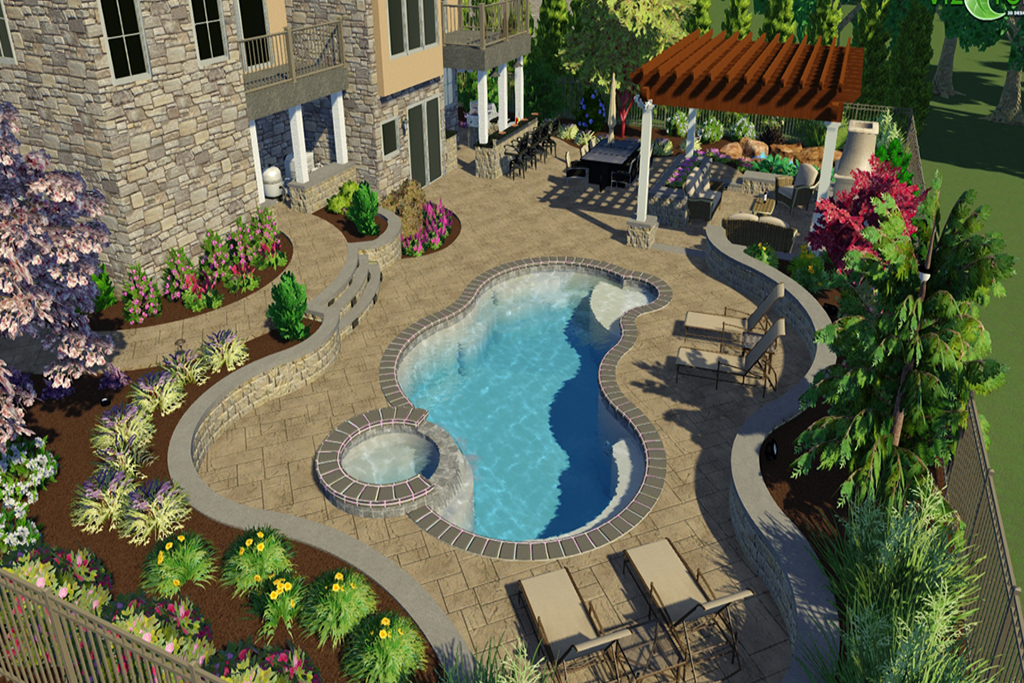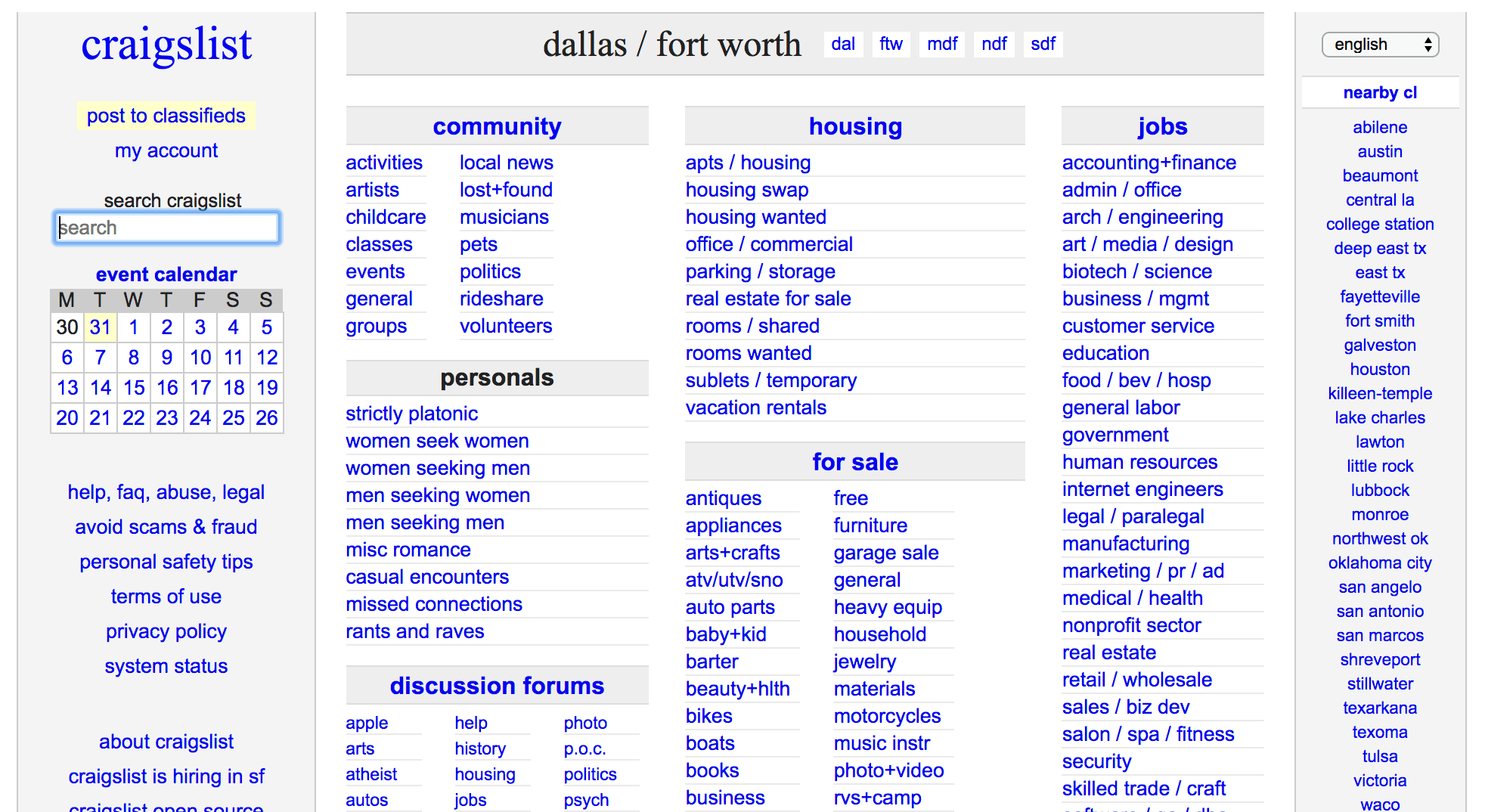Backyard Design App development is booming! This isn’t just about pretty pictures; we’re talking about leveraging technology to transform how people plan and execute their outdoor spaces. From analyzing market trends and competitor strategies to crafting intuitive user interfaces and exploring innovative monetization models, creating a killer backyard design app requires a multifaceted approach. We’ll explore everything from the nitty-gritty of 3D modeling to the importance of seamless social sharing, ensuring your app stands out in a crowded market.
This exploration delves into the crucial aspects of designing, developing, and marketing a successful backyard design app. We’ll examine the competitive landscape, key features, user experience considerations, monetization strategies, and the technical challenges involved in building a user-friendly and visually appealing application. We’ll also discuss the importance of incorporating accessibility features and ensuring data security.
Market Analysis of Backyard Design Apps
The backyard design app market is experiencing significant growth, driven by increasing homeowner interest in DIY projects and landscaping. This analysis examines key competitors, pricing models, target audiences, and user interface comparisons to understand the current landscape.
Top Competitors and Key Features
Five leading backyard design apps demonstrate diverse features catering to varying user needs. These include Plank, which offers a robust 3D modeling engine and extensive plant libraries; Yardzen, known for its professional design services integration; HomeByMe, focusing on broader home design with a dedicated outdoor section; SketchUp Free, a versatile 3D modeling tool with strong community support and tutorials; and finally, SmartDraw, which provides a user-friendly interface with pre-designed templates.
Each app emphasizes different strengths, from detailed 3D rendering to ease of use and professional design collaboration.
Pricing Model Comparison, Backyard Design App
Three leading apps illustrate diverse pricing strategies. Plank operates on a freemium model, offering basic features for free with in-app purchases for premium tools and content. Yardzen utilizes a professional service model, charging for design consultations and plans. HomeByMe offers a tiered subscription model, with varying levels of access to features and storage. This variety reflects the differing needs and budgets of the target market.
Target Audience Segmentation
The target audience for backyard design apps is broad, encompassing homeowners, renters with outdoor spaces, landscape professionals, and even interior designers seeking to create cohesive outdoor spaces. Demographic segmentation includes age (25-65+), income (middle to upper-middle class), and location (primarily suburban and rural areas with ample outdoor space). Needs vary from simple visualization tools for basic planning to sophisticated 3D modeling and professional design collaboration.
User Interface Comparison
A comparative analysis of user interfaces highlights the diverse approaches to app design. The following table provides a structured comparison across key UI aspects.
| App | Ease of Use | Visual Appeal | Feature Accessibility |
|---|---|---|---|
| Plank | High, intuitive interface | Modern, clean design | Well-organized menus, clear icons |
| Yardzen | Moderate, requires some learning curve | Professional, high-quality visuals | Features grouped logically, but some navigation can be complex |
| HomeByMe | Low, can be overwhelming for beginners | Detailed, realistic rendering | Extensive features, but require significant navigation |
Features and Functionality of Backyard Design Apps
Successful backyard design apps require a blend of essential features and innovative functionality. This section explores core features, the role of augmented reality, a new social sharing component, and examples of innovative additions.
Essential Features
Essential features include robust 3D modeling capabilities allowing users to visualize their designs from various angles; comprehensive plant libraries with detailed information on plant size, sunlight requirements, and maintenance needs; intuitive budgeting tools enabling users to estimate material and labor costs; easy-to-use tools for creating pathways, patios, and other hardscape elements; and finally, the ability to import and export design files in various formats for collaboration with professionals.
Augmented Reality (AR) Advantages and Disadvantages
Source: diyhomedesignideas.com
AR offers significant advantages by overlaying digital designs onto the real-world view of a backyard, allowing users to see how their designs would look in their actual space. However, challenges include ensuring accurate mapping and positioning of AR elements, dealing with varying lighting conditions, and addressing potential compatibility issues across different devices.
Social Sharing User Flow
A new social sharing feature would allow users to easily share their designs on social media platforms. The user flow would involve completing a design, selecting a social media platform, adding a caption, and confirming the share. This would foster a community and potentially increase app engagement.
Innovative Features
Innovative features could include AI-powered design suggestions based on user preferences and available space, integration with smart home devices for automated irrigation and lighting control, and a virtual reality (VR) mode for immersive design experiences. These additions could significantly differentiate a new app from competitors.
User Experience (UX) and Design Considerations
Creating a user-friendly and intuitive interface is crucial for a successful backyard design app. This section explores best practices, common usability issues, accessibility features, and a detailed mock-up of a key screen.
Best Practices for Intuitive Interface Design

Source: prolandscape.com
Best practices include using clear and concise labels, providing visual cues to guide users through the design process, incorporating drag-and-drop functionality for ease of use, offering tooltips and help resources, and ensuring consistent design language throughout the app.
Common Usability Issues and Solutions
Common issues include complex navigation, lack of visual feedback during interactions, insufficient zoom capabilities, and difficulty in manipulating 3D models. Solutions include simplifying navigation menus, providing clear visual indicators of user actions, offering multiple zoom levels, and incorporating intuitive manipulation tools.
Accessibility Features
Accessibility features are crucial for inclusivity. These include providing alternative text for images, supporting screen readers, offering adjustable font sizes and colors, and ensuring keyboard navigation.
Finish your research with information from san diego craigslist dogs.
Plant Selection Screen Mock-up
The plant selection screen would feature a searchable database of plants, categorized by type, sunlight requirements, and size. Each plant entry would include high-quality images, detailed descriptions, and care instructions. A filter system would allow users to quickly narrow down their choices based on specific criteria. The layout would be clean and uncluttered, with clear visual cues to guide user selection.
Monetization Strategies for Backyard Design Apps
Several monetization models can be employed for backyard design apps, each with its own advantages and disadvantages. This section compares different models, develops a pricing strategy, and discusses in-app advertising.
Monetization Model Comparison
Freemium models offer basic features for free, while charging for premium features or content. Subscription models provide access to all features for a recurring fee. In-app purchases allow users to buy individual items or upgrades. Each model has different implications for user acquisition and retention.
Pros and Cons of Each Model
Freemium models attract a large user base but may struggle with monetization from free users. Subscription models offer predictable revenue but may deter users with high prices. In-app purchases offer flexibility but require careful consideration of pricing and value proposition.
Potential Pricing Strategy
A tiered subscription model, offering basic, premium, and professional tiers with increasing features and functionality, could be effective. This caters to diverse user needs and budgets. Prices would be competitively set, considering market rates and value offered.
Integrating In-App Advertising
Non-intrusive, relevant advertising can be integrated without compromising user experience. This could include banner ads placed strategically, or sponsored content that aligns with user interests. Careful placement and frequency are key to avoid disrupting the user flow.
Technical Aspects of Developing a Backyard Design App
Developing a backyard design app requires careful consideration of technology choices, 3D modeling challenges, app architecture, and data security. This section Artikels key aspects of the technical development process.
Key Technologies and Platforms
Key technologies include programming languages like Swift (iOS) and Kotlin (Android), 3D modeling libraries like Unity or Unreal Engine, cloud-based databases like Firebase or AWS, and potentially ARKit or ARCore for augmented reality features.
Challenges in Creating Realistic 3D Models
Creating realistic 3D models of plants and landscaping elements requires high-resolution textures, accurate geometry, and efficient rendering techniques. Challenges include balancing visual fidelity with performance optimization, particularly on mobile devices.
High-Level Architecture Diagram
A high-level architecture would involve a client-side app (iOS/Android), a backend server for data management and processing, a database to store user data and design information, and potentially a third-party API for map integration or plant data. This architecture ensures scalability and maintainability.
Data Security and User Privacy
Data security is paramount. Secure storage of user data, including designs and personal information, is crucial. Implementing robust authentication mechanisms, data encryption, and adherence to privacy regulations are essential for maintaining user trust.
Conclusive Thoughts
Designing the perfect backyard design app requires a blend of creative vision and technical prowess. By understanding the market, prioritizing user experience, and employing smart monetization strategies, developers can create an app that not only meets but exceeds user expectations. The key takeaway is that a successful app isn’t just about functionality; it’s about providing a seamless and enjoyable experience that empowers users to realize their dream backyards.
The potential for innovation in this space is huge, and we’re excited to see what the future holds.



